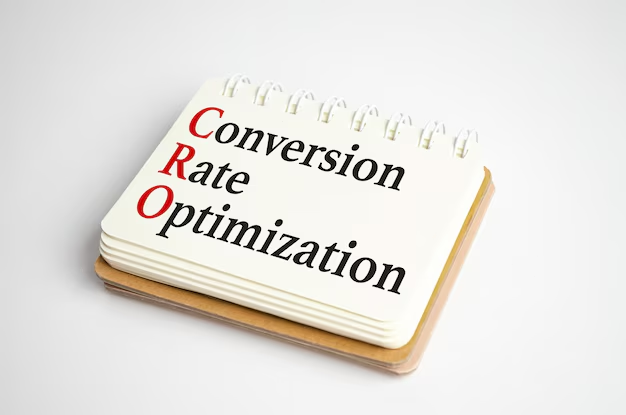Unlocking the Benefits: Understanding Roth Conversion
Are you considering ways to optimize your retirement savings? If so, the concept of a Roth conversion might be something you've come across. It’s a strategic move that can potentially optimize your retirement savings plan and offer significant tax benefits. But what exactly is a Roth conversion, and how can it impact your financial future? Let's dive into this topic with a comprehensive guide that explores the ins and outs of Roth conversions.
What is a Roth Conversion?
In essence, a Roth conversion involves transferring funds from a traditional retirement account, like a Traditional IRA or 401(k), into a Roth IRA. The key difference between these types of accounts lies in how they're taxed. Traditional retirement accounts are funded with pre-tax dollars, which means you pay taxes on withdrawals during retirement. Roth IRAs, however, are funded with after-tax dollars, allowing withdrawals to be tax-free in retirement, assuming certain conditions are met.
Why Consider a Roth Conversion?
There are several compelling reasons why you might consider a Roth conversion:
- Tax-Free Withdrawals: Future withdrawals, including investment earnings, are tax-free, which can be a major advantage if you expect to be in a higher tax bracket during retirement.
- No Required Minimum Distributions (RMDs): Roth IRAs do not require you to take RMDs at age 72, allowing more flexibility in how and when you access your funds.
- Estate Planning Benefits: Roth IRAs can be passed on to beneficiaries without immediate tax consequences, potentially providing tax-free growth for generations.
The Roth Conversion Process
Step 1: Assess Your Eligibility and Potential Benefits
Before proceeding, it's crucial to evaluate whether a Roth conversion aligns with your financial goals. Consider factors such as your current tax bracket, anticipated tax bracket in retirement, and long-term financial goals.
Step 2: Decide on the Amount to Convert
You can choose to convert all or a portion of your traditional retirement funds. Keep in mind that the converted amount will be treated as taxable income in the year of the conversion, potentially increasing your tax liability.
Step 3: Execute the Conversion
Reach out to your financial institution to initiate the conversion process. This often involves filling out specific forms and allocating the funds into a Roth IRA.
Step 4: Plan for the Tax Consequence
Be prepared to cover the tax liability resulting from the conversion. Ideally, use non-retirement funds to pay these taxes to avoid diminishing the value of your retirement accounts.
Advantages and Drawbacks of Roth Conversions
Benefits
- Tax Diversification in Retirement: Having both traditional and Roth accounts can provide flexibility to manage taxable income during retirement.
- Potential for Growth: With the possibility of a lower tax environment during retirement, Roth IRAs can potentially grow tax-free, maximizing their value.
Drawbacks
- Immediate Tax Liability: The converted amount is added to your taxable income, possibly pushing you into a higher tax bracket.
- Complexity: The process can be complex and may require detailed planning and consultation with financial advisors.
Strategic Considerations
Timing is Key
Consider the timing of a Roth conversion carefully. Situations such as a year with lower income or significant deductions can reduce the tax impact of a conversion.
Impact of Using IRA Funds to Pay Taxes
Using funds from the conversion itself to pay taxes can undermine the benefits of a Roth conversion by reducing the amount that grows tax-free.
Partial Conversions
Instead of converting all your funds at once, consider partial conversions over several years, which can help manage your tax liability and maximize tax-efficient growth.
FAQs About Roth Conversions
Can I Undo a Roth Conversion?
Unlike in the past, current tax laws do not allow "recharacterization" of Roth conversions, meaning the decision is irreversible. It's important to plan carefully and consult with a tax professional.
How Are Roth Conversions Taxed?
The converted funds are treated as taxable income in the year of the conversion. It’s crucial to prepare for this tax impact, potentially through estimated tax payments or adjusting your withholdings.
What’s the Right Age for a Roth Conversion?
There's no specific age for choosing a Roth conversion. However, it often makes sense during years when you have lower income or expect to move to a higher tax bracket in retirement.
Key Considerations and Tips
- 🔍 Assess Your Tax Bracket: Determine your current and anticipated future tax brackets to see where the conversion might be most beneficial.
- 📅 Plan for Timing: Consider conversions during years of lower income to minimize immediate tax impact.
- 💡 Consult Professionals: Engage with financial or tax advisors to ensure compliance and strategic benefit.
- 📈 Stay Informed: Keep abreast of changes in tax laws which could affect the advantages of Roth conversions.
Summary Table: Pros and Cons of Roth Conversions
| Pros | Cons |
|---|---|
| Tax-free withdrawals in retirement | Immediate tax liability on conversion |
| No RMDs required | Potential for higher tax bracket |
| Flexible legacy planning | Irreversible decision |
| Tax diversification | Complexity in planning |
Understanding the nuances of Roth conversions can significantly enhance your retirement strategy. While the process might seem daunting, the potential benefits can be substantial, offering greater flexibility and tax-free growth. The key lies in careful planning and informed decision-making, ensuring that your financial future aligns with your overarching retirement goals. Explore, plan, and execute wisely to make the most of what a Roth conversion can offer.

Related Topics
- Are Roth Conversions Taxable
- Can You Do a Roth Conversion From An Inherited Ira
- Do Roth Conversions Count As Contributions
- Do Roth Conversions Count As Rmd
- Do You Have To Pay Taxes Immediately On Roth Conversion
- Does a Roth Conversion Count As a Contribution
- Does a Roth Conversion Count As An Rmd
- Does Roth Conversion Count As Rmd
- How Are Roth Conversions Taxed
- How Do Roth Conversions Work